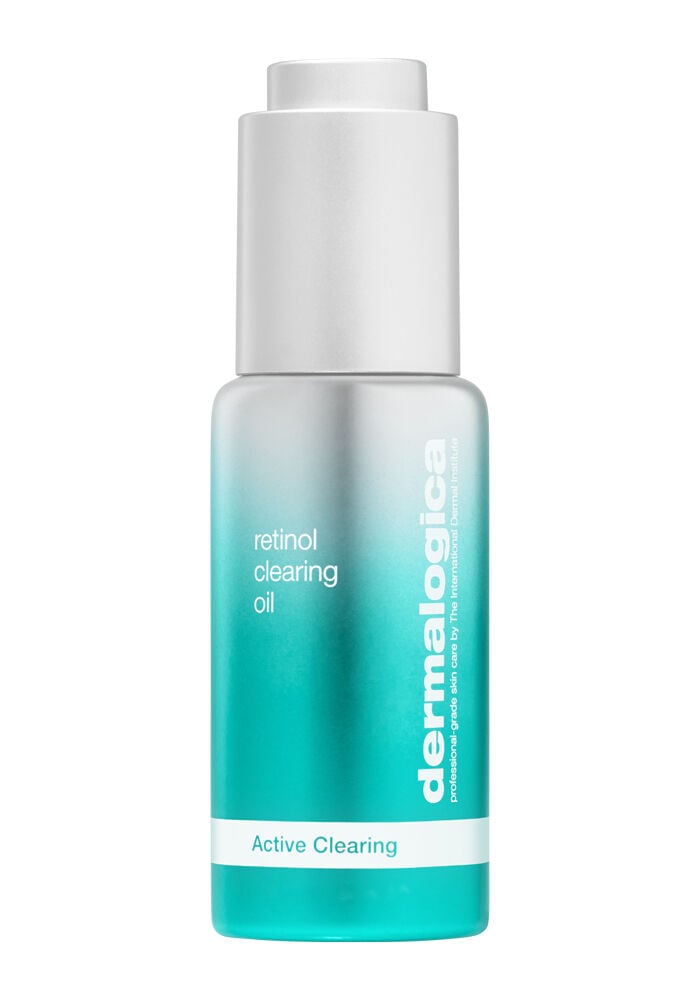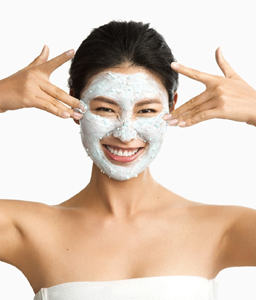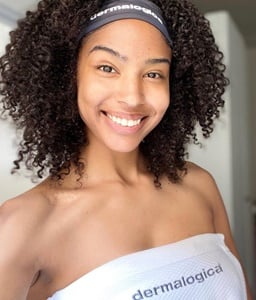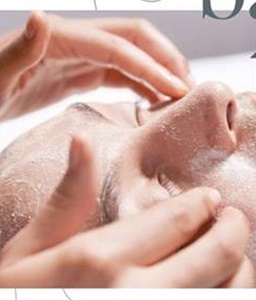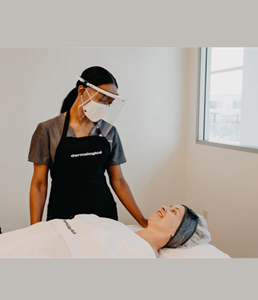
Source: Courtesy of Dermalogica
Retinol, a more user-friendly alternative to prescription retinoic acid, is hands-down the gold standard ingredient for reversing signs of skin aging. Retinol has the power to help accelerate skin renewal, reduce the appearance of lines, and even age spots for firmer, smoother, and more evenly toned skin. It also has a long history of being used to treat acne by helping to prevent dead skin cells from clogging pores in addition to reducing post-breakout scarring. Here’s a primer on how retinol actually works so that you can help your client choose the right retinol for their skin.
How does retinol work?
As skin ages, cell turnover and collagen production slow down. Visible signs of skin aging form as our body naturally slows its cell recovery rate. Retinol helps accelerate skin renewal and diminish signs of aging with a dual effect on collagen, our skin’s primary support protein. These vitamin A derivatives help to not only decrease collagen breakdown from sun exposure, but can also stimulate the production of new collagen.
It’s all in the family
Retinol belongs to a family of nutrients called retinoids which are derived from vitamin A. Retinoic acid is the biologically active form which means it is the only form our cells can recognize and process. Our bodies can naturally convert weaker derivatives into the biologically active form that our skin can recognize, but each conversion step can weaken the effect so it’s important to find the right form of retinol to ensure maximum potency.
- Retinoic Acid is a biologically active retinoid, available in prescription form. It’s the strongest form on the market, but also has the most potential for skin irritation.
- Retinol is the strongest retinoid available without a prescription. Retinol is slowly converted into retinoic acid in skin, and can have similar benefits to retinoic acid with less potential for irritation.
- Retinyl Propionate, Retinyl Palmitate and Retinyl Acetate are the mildest retinoids, also known as retinyl esters. They take longer to convert to retinoic acid and carry minimal risk of skin irritation.
Does retinol cause irritation?
Everyone’s skin and tolerance to retinol is different. Skin cells have retinoid receptors on their membranes. Skin can build retinoid receptors through controlled exposure, which is why it’s recommended to start slowly with retinol and build up to a higher concentration over time.
It can take a few weeks for skin to adapt to retinol. In the meantime, your client may experience flaking, dryness, or other forms of sensitivity. This response is normal and should stop once skin builds up its retinoid receptors. Some people call this a “purge” period, but it is really your skin building up its receptors through controlled exposure.
How should my client use retinol?
- Retinol should be introduced gradually to build up skin’s tolerance and avoid irritation.
- Apply retinol only at night to avoid irritation from sun exposure.
- During the day, always advise your client use sunscreen to help protect their skin against sun exposure.
- To avoid flaking and irritation, it is recommended to slowly build retinol tolerance by slowly introducing retinol over time to help skin acclimate to such a powerful ingredient.
- Remind your client that it’s essential for them to always let their skincare expert or doctor know they are using a retinoid before skin treatments or waxing. Even over the counter forms can cause skin to be more reactive to procedures that have been tolerated well in the past.
- Avoid using other exfoliants unless they are designed to be used with retinol.
- Avoid retinol if pregnant or breastfeeding. It is recommended that clients who are pregnant or breastfeeding avoid high concentrations of vitamin A.
Retinol and breakouts
Clinical retinoids were originally studied for their benefits for acneic skin. It was not until test subjects began to report reduction in signs of aging along with clearer skin that researchers began to study retinol’s renewing effects. Combining retinol along with other acne fighting ingredients like salicylic acid boost its breakout fighting abilities with a dual-action effect.
Products like Dermalogica’s new Retinol Clearing Oil combines two powerhouses into one formula, with salicylic acid to rapidly clear and prevent breakouts, and retinol to help reduce the signs of premature aging. Best of all, this fast-absorbing lipid formula nourishes the skin back to health, releasing these powerful actives over time to maximize results and minimize irritation. Retinol Clearing Oil is clinically proven to renew skin overnight, delivering more clear skin and reducing the signs of premature aging within seven days, with clinical data on results from eight weeks of usage.

Source: Courtesy of Dermalogica


